WTF is
an NFT
An exploration into the ethereal nature of non-fungible tokens

An exploration into the ethereal nature of non-fungible tokens



Interchangeable items, such as cash. If you owned a 1 euro coin and exchanged it for another 1 euro coin, you would have the same amount of money.

Non-interchangeable items, such as an artwork. NFTs are non fungible, much like the Mona Lisa painting, you can’t replace the Mona Lisa with a Van Gogh painting, as each one is unique and are non-comparable.

It means a digital asset that runs on top of a cryptocurrency blockchain. It can also be used as a synonym to cryptocurrencies.
A digital asset can be anything: video game avatars, music, pieces of land in virtual worlds and much more. In the art world, NFTs provided an opportunity to replicate ownership in the digital world.
Traditionally, an artwork gains value due to people's appreciation of the creativity of an artist that cannot be replicated by anyone else, but it is ambiguous to imagine this in the digital space, where things can be easily reproduced.
The traditional artworld provides a good comparison on the topic of ownership.


The buyer owns the physical artwork with a certificate of authenticity.
Only the buyer, the bank and the galleries have a record of the transaction. This information is confidential and private.

The buyer owns an NFT, this includes a record of the transaction on the blockchain (along with its price, the owner, etc).
This is available online for everyone to check. It is also a proof of authenticity and a guarantee that the piece is unique and original.
The blockchain is a system that records transactions when paying with Cryptocurrency, in other words, virtual currency. Unlike a private bank, the blockchain is stored on a public database, meaning it is accessible to everybody.
The blockchain is made up of connected blocks of information. Each block contains:
Data
Information such as owner, price and
transaction history.
ID
Digital fingerprint identifying the block.
ID of adjecent blocks
Prevents data in other blocks to be tampered with.










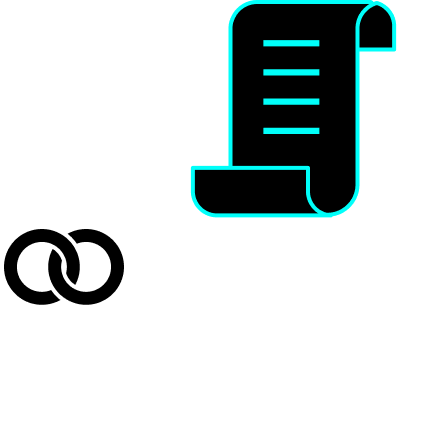
The NFT holder does not have any rights to the work. This includes those offered under copyright law, or the rights of adaptation or reproduction.
Following the journey of a digital artwork, from file to blockchain token, helps us understand how NFTs are created and traded.
Entering the world of digital ownership comes at a high expense, both financially and in terms of energy consumption (hence the gas fees). NFTs demand a lot of energy and are expensive to create, however not all of them are a good investment. In the following section we will will take a closer look at the NFT marketplace, to see which projects are successful and who is buying them.
The NFT market is fast moving, meaning data changes quickly. The subsequent visualisations use data on the top 100 sold NFTs, collected up until 28 October.

Increasing total market capitalization
of all NFTs recorded on NFTGo
$10.04B



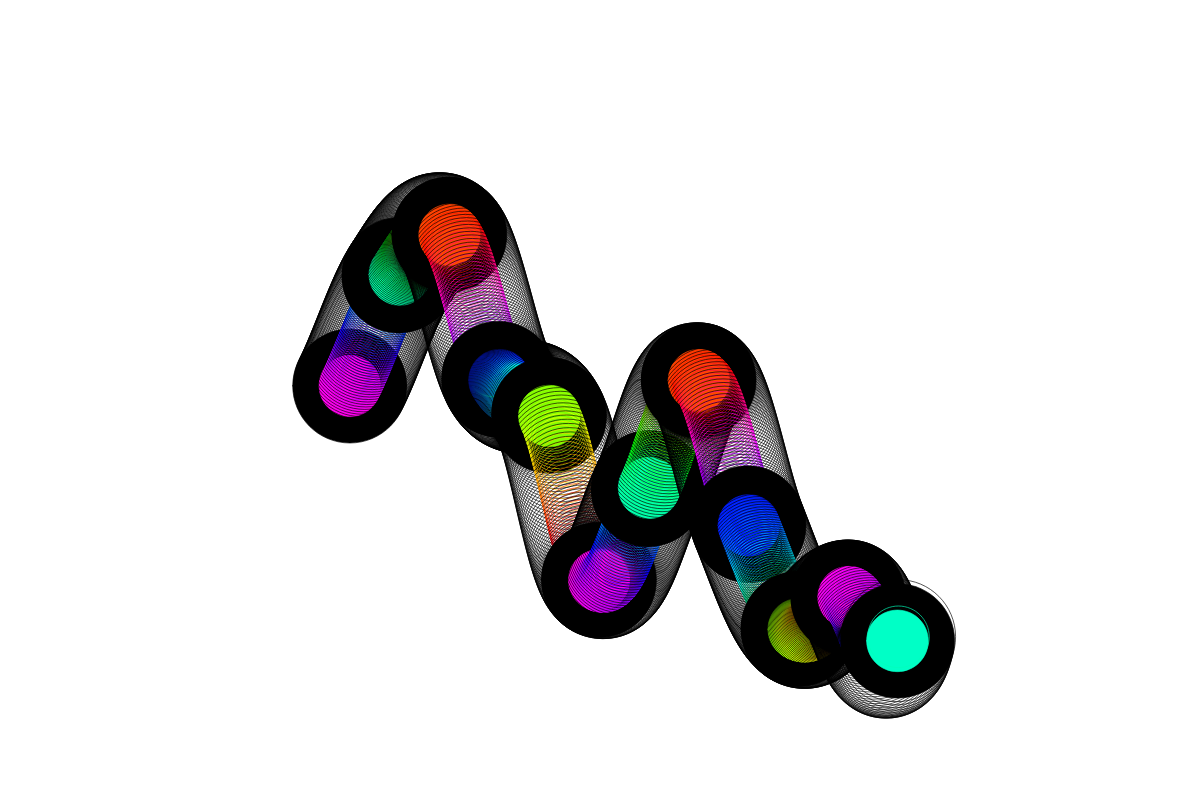


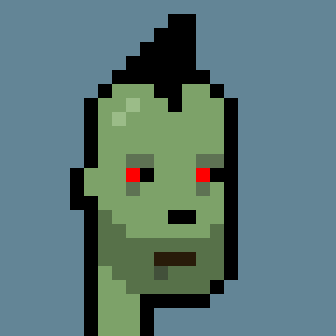












Artwork is generated algorithmically, by a set of programmed instructions.
Exemplified by the Fidenza collection, the algorithm generates artwork with randomized variables, such as the scale, turbulence and color.





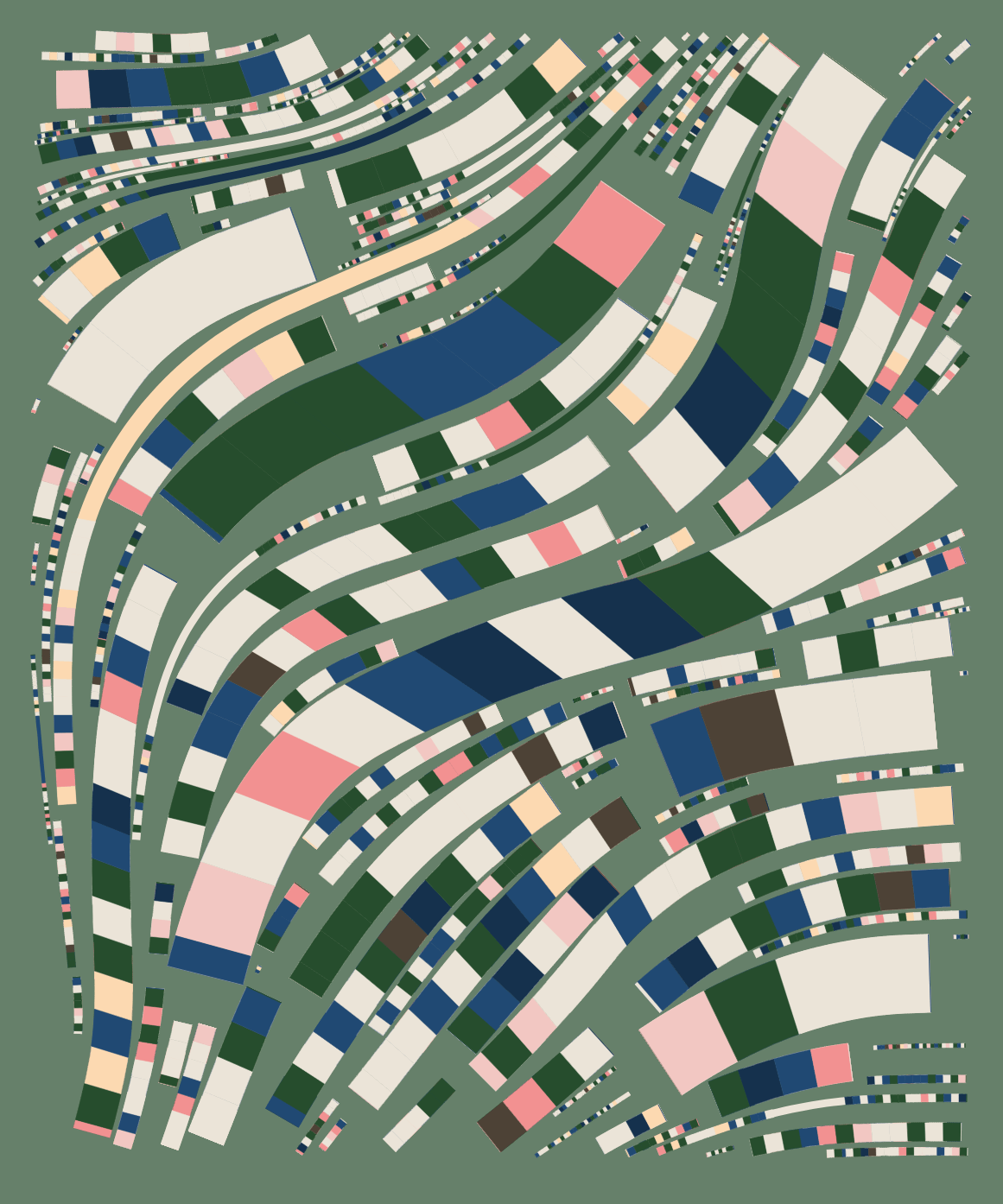

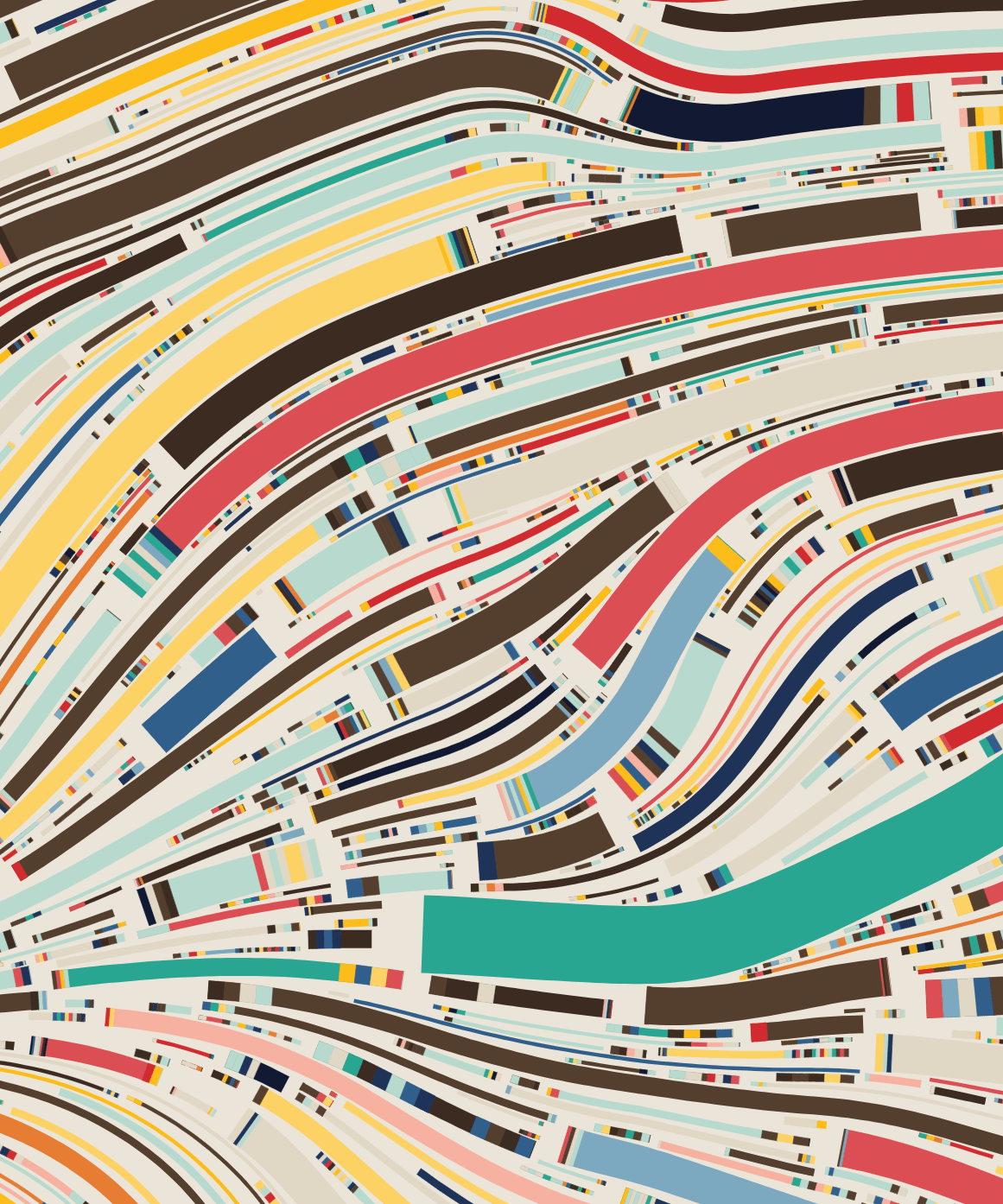



NFT's answer a lot previously unsolved questions about ownership, but their ambiguous nature raises further questions. But what do you think? Would you be the proud owner of an NFT?